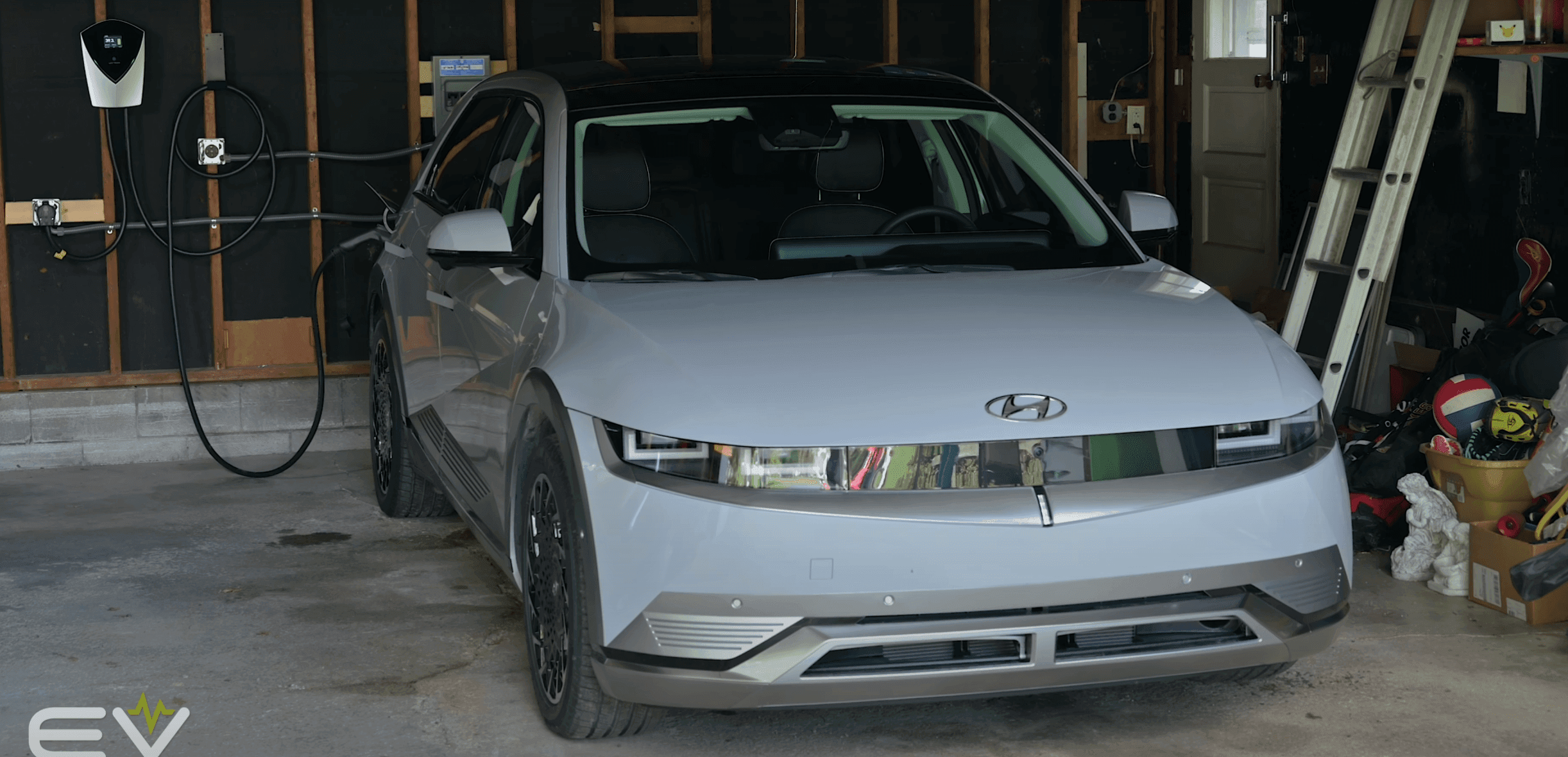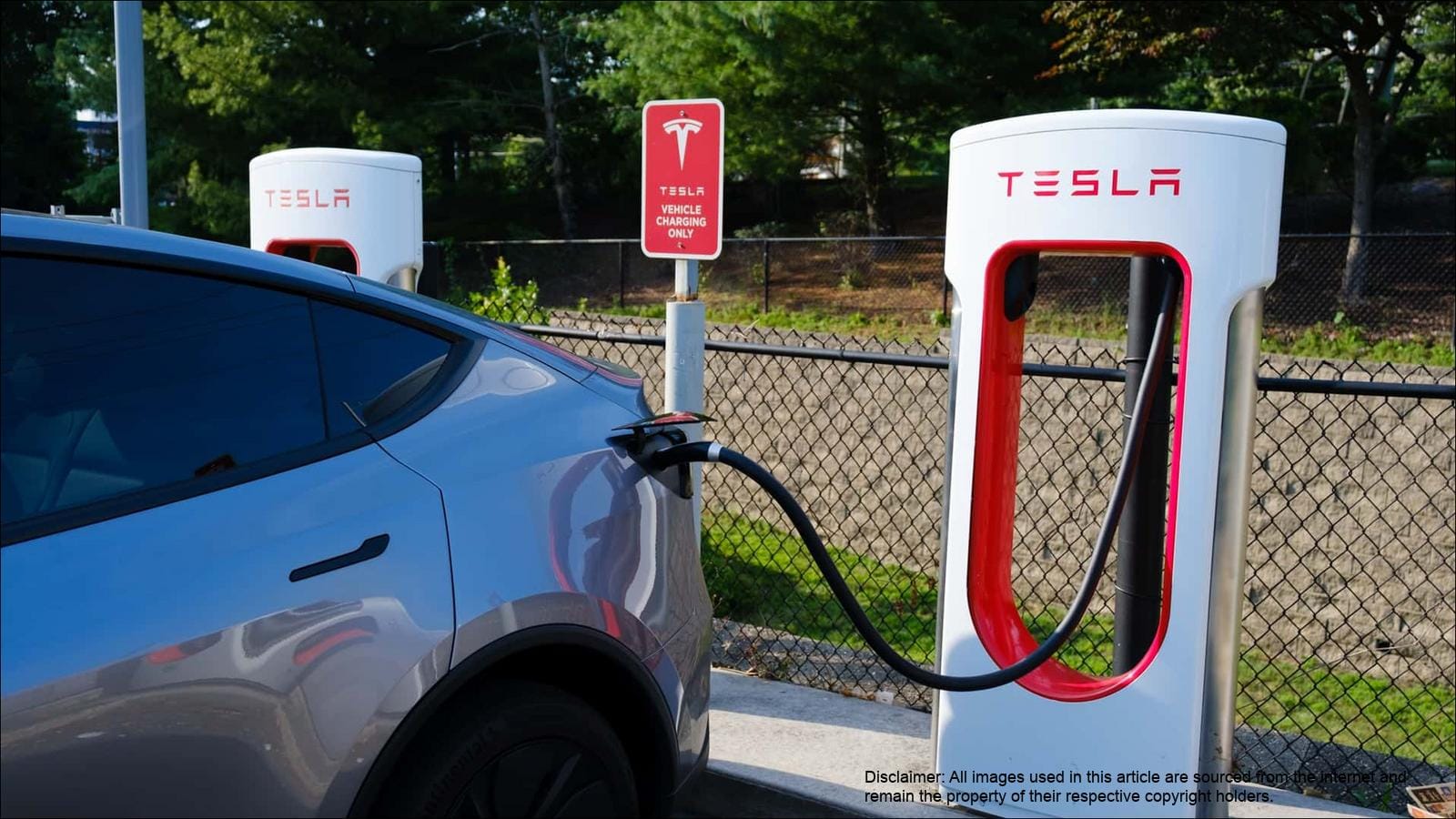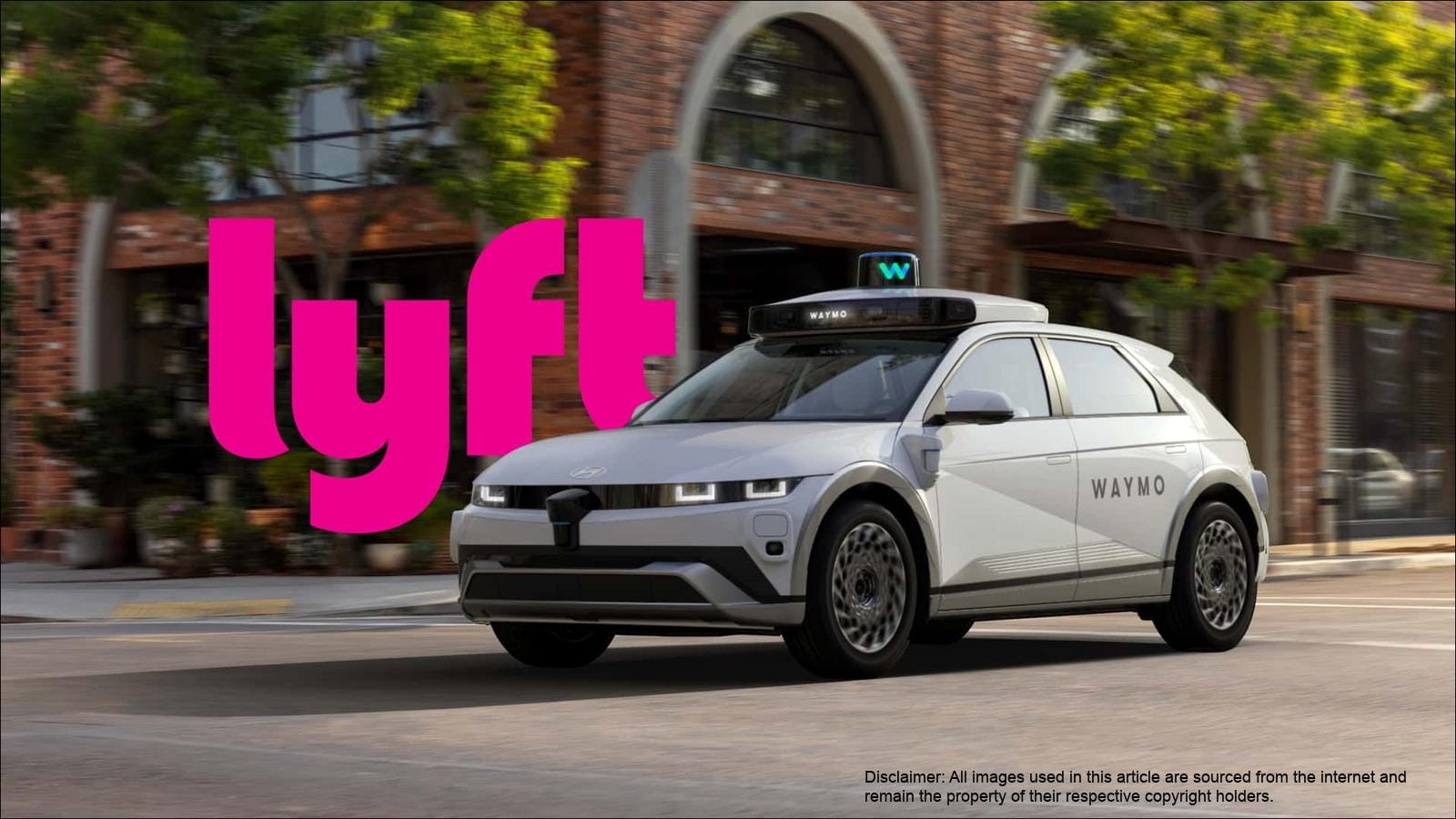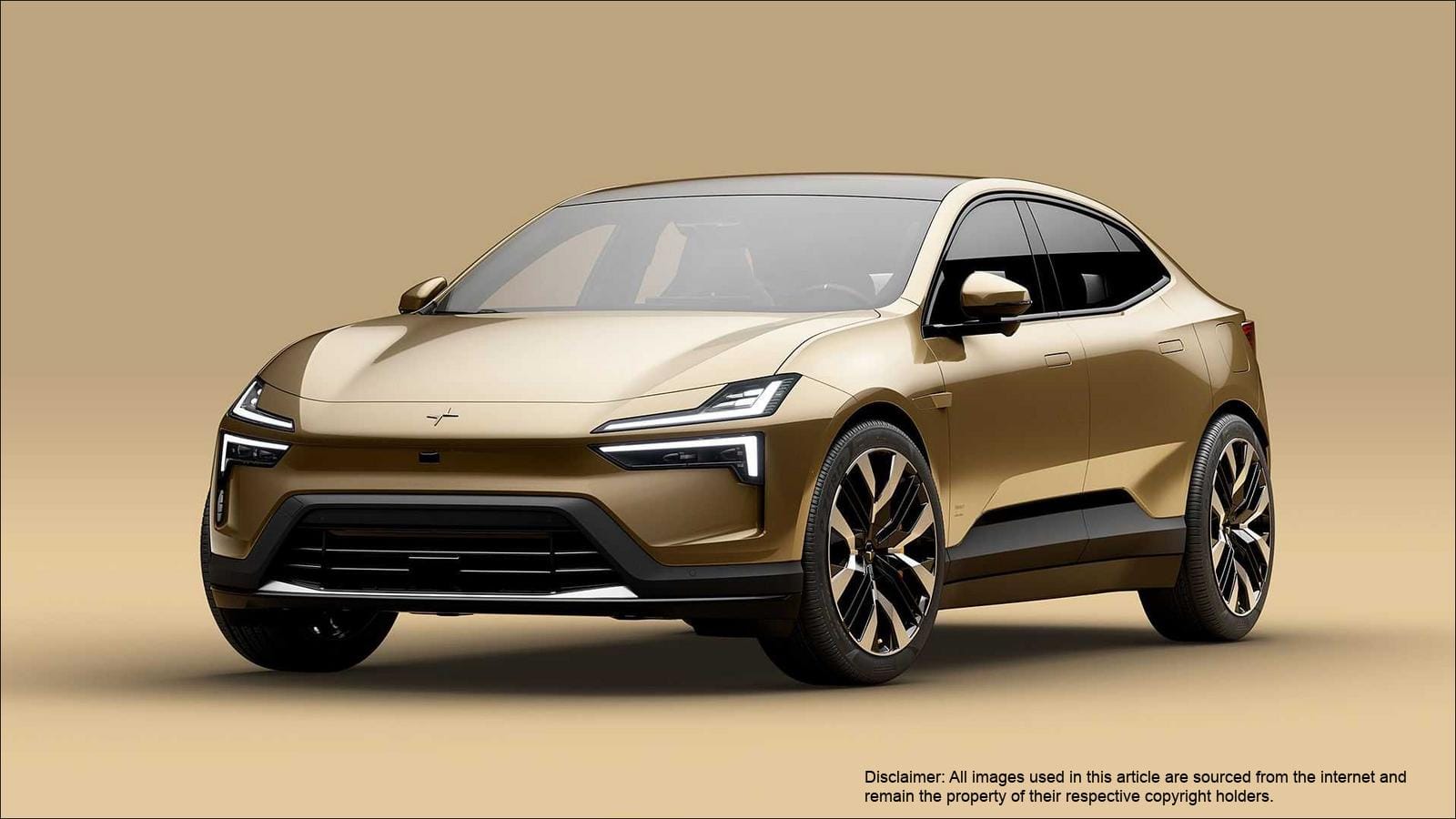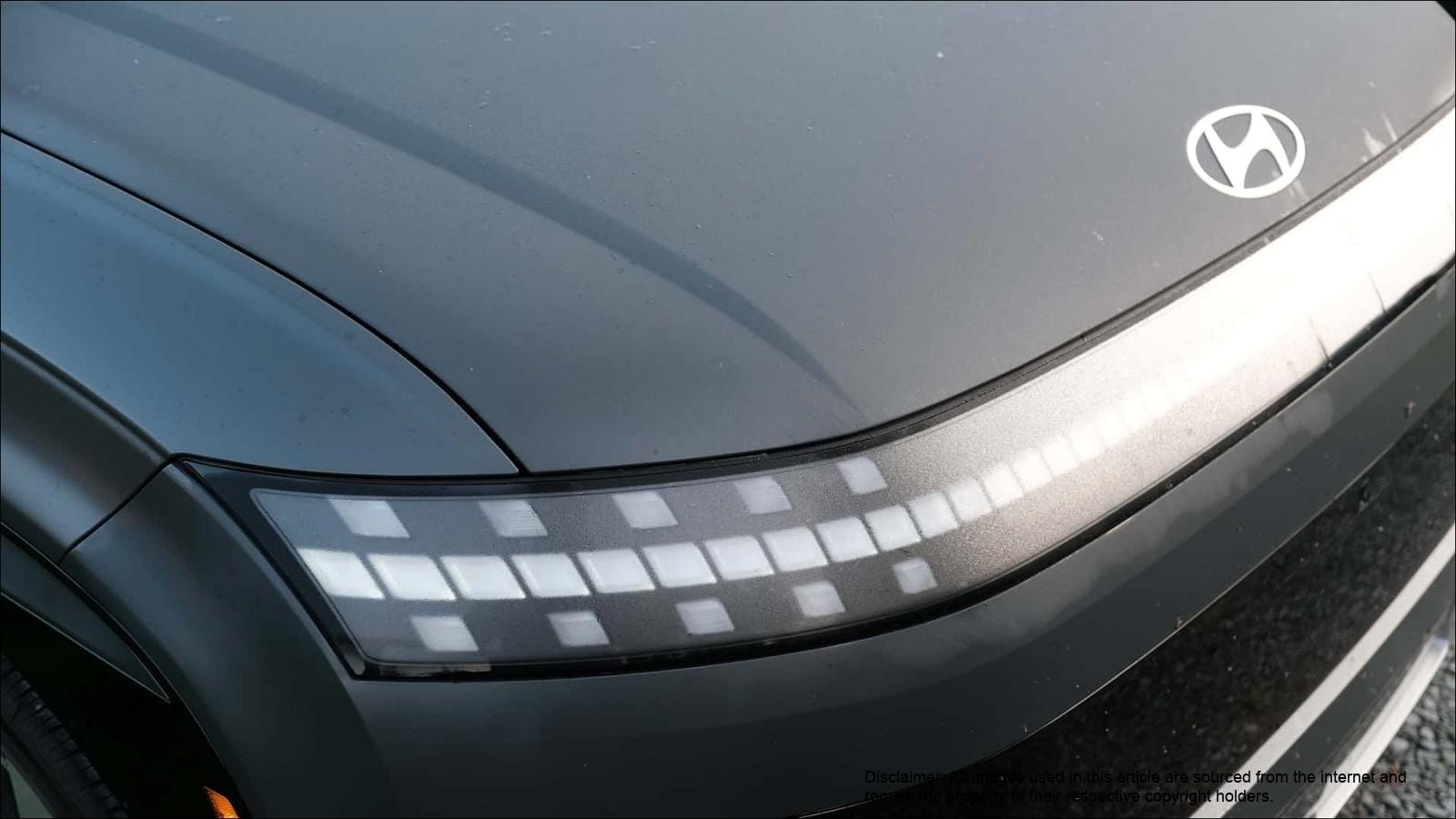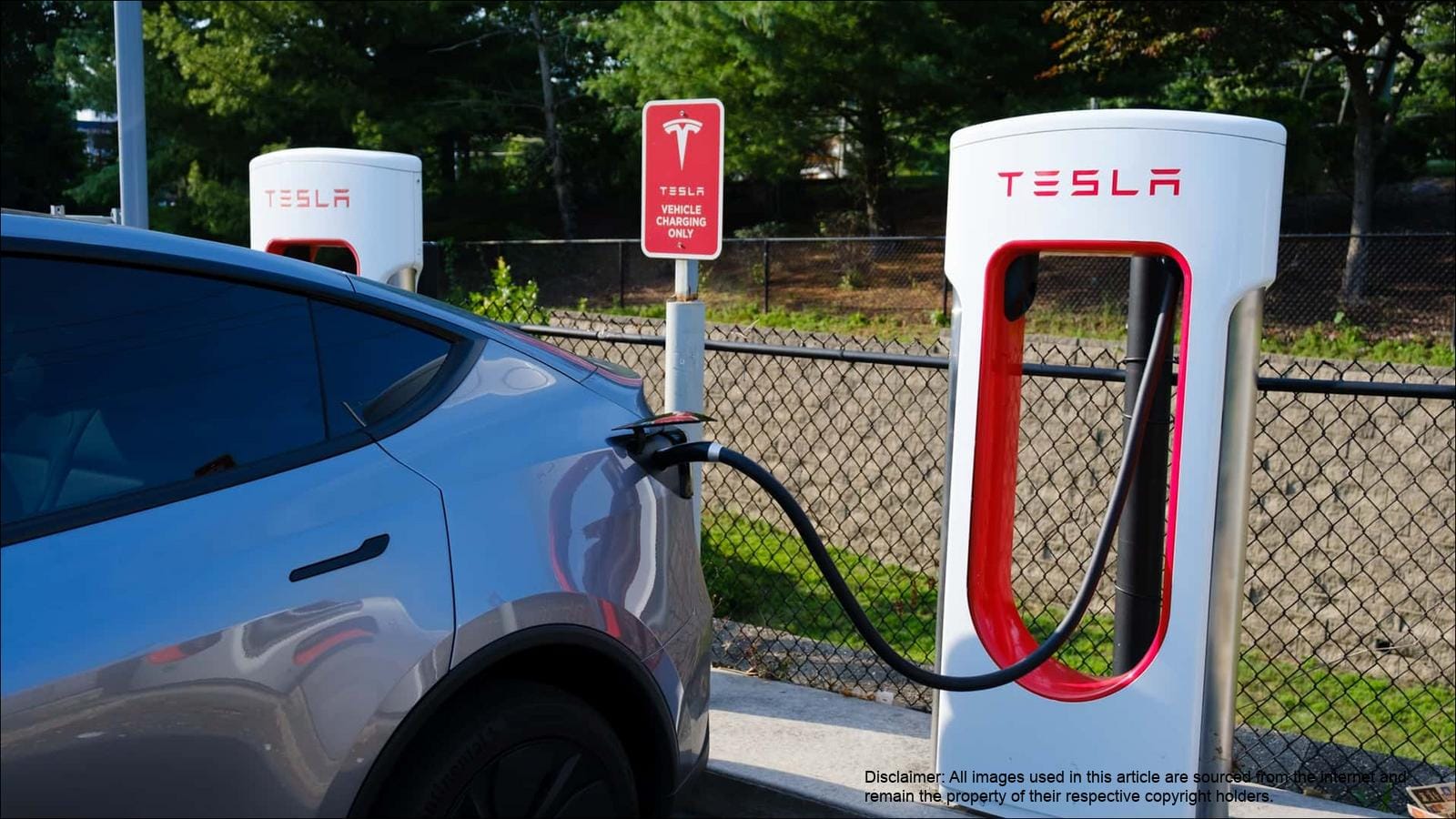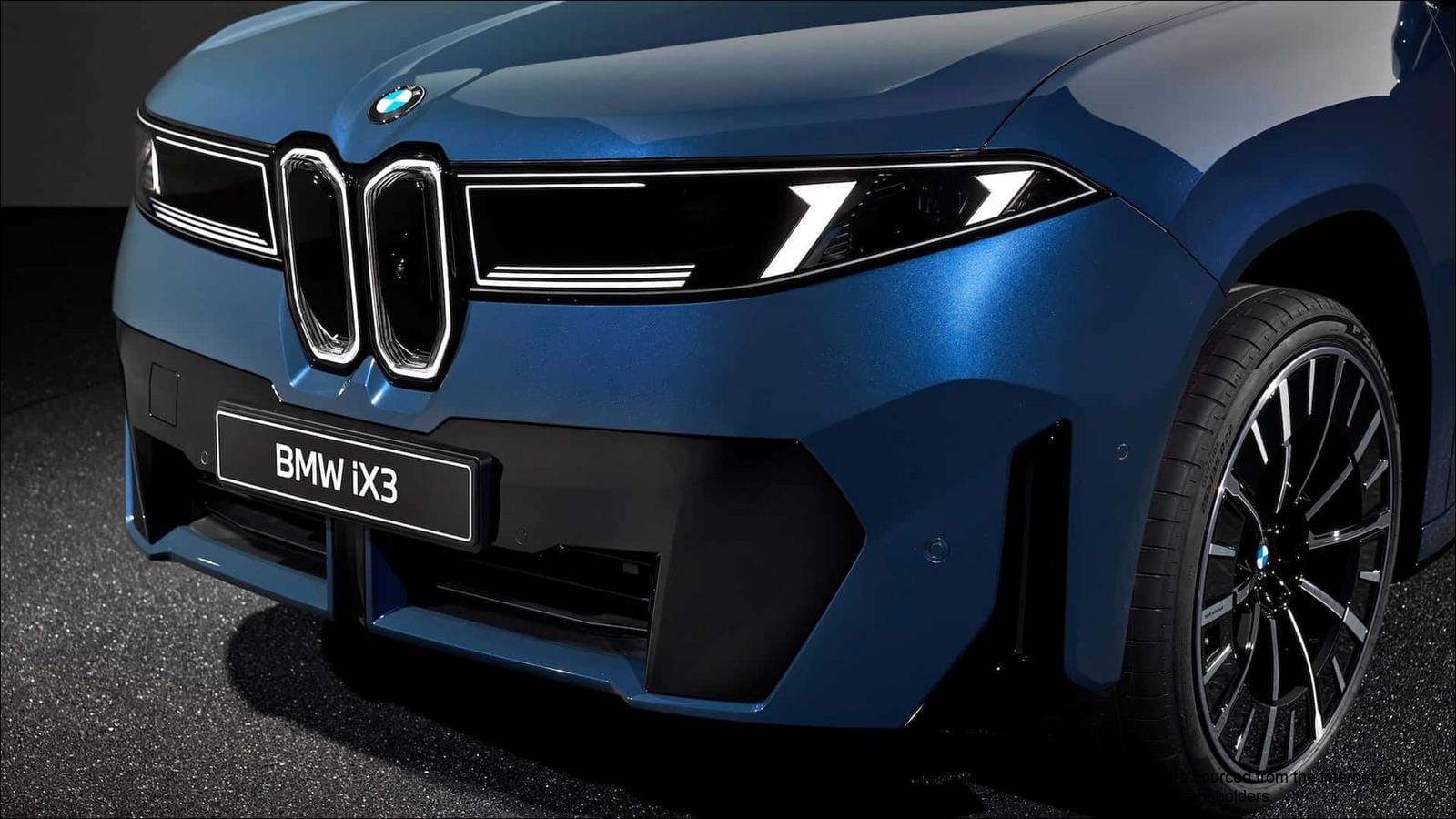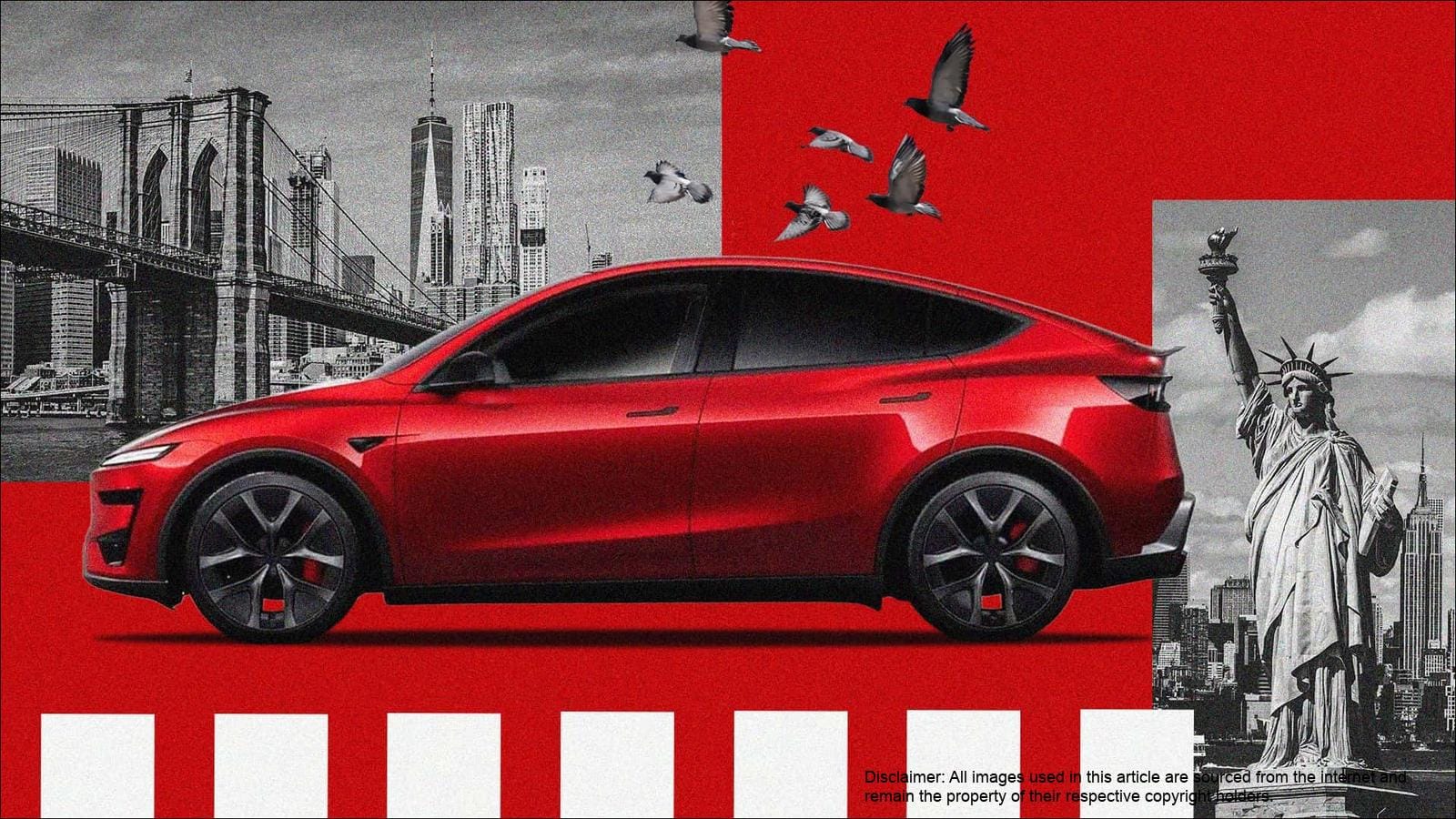So you've decided to get a Level 2 charger for your electric vehicle. Great choice! But with so many options available, how do you choose the right one? Let me walk you through the key factors you should consider.
First, let's talk about power output. Level 2 chargers typically range from 16 to 80 amps, which translates to about 3.8 to 19.2 kilowatts of power. The higher the amperage, the faster your car will charge. However, you're limited by both your car's onboard charger and your home's electrical capacity.
Most electric vehicles can accept between 6.6 and 11 kilowatts, so getting a charger that can deliver more than your car can handle won't make it charge any faster. Check your vehicle's specifications to see what it can accept.
Next, consider the connector type. In North America, most EVs use the J1772 connector, but Tesla vehicles use their proprietary connector. However, Tesla includes an adapter, and you can also buy adapters for other combinations.
Smart features are becoming increasingly popular. WiFi-enabled chargers allow you to monitor and control charging remotely, schedule charging during off-peak hours to save money, and track your energy usage. Some even integrate with smart home systems.
Installation is another crucial factor. While some chargers are plug-in models that use existing 240V outlets, most require hardwired installation by a qualified electrician. Consider the distance from your electrical panel to where you'll install the charger, as longer runs increase installation costs.
Weather resistance is important if you're installing outdoors. Look for chargers with appropriate IP ratings for your climate. Indoor installations have more flexibility in terms of charger selection.
Finally, consider future needs. If you might get a second EV or upgrade to one with faster charging capabilities, it might be worth investing in a more powerful charger now rather than upgrading later.
Popular brands include ChargePoint, JuiceBox, ClipperCreek, and Grizzl-E, each offering different features and price points. Research reviews and consider your specific needs to make the best choice for your situation.


